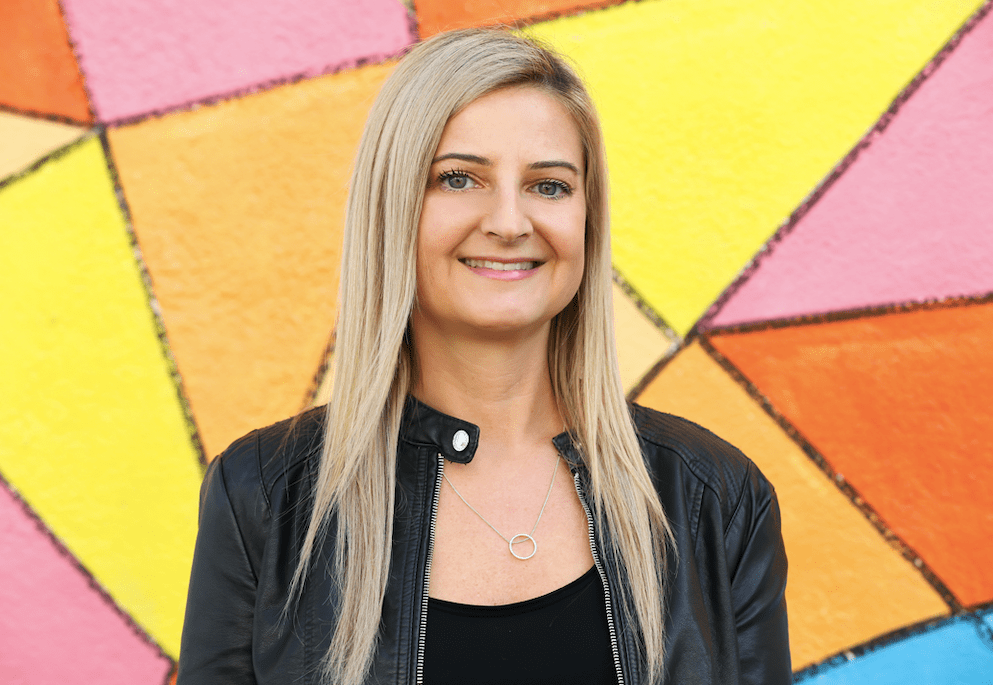It has become evident in the last few years that most adults spend most of their life on a diet for different reasons. Some of them do it to lose weight. Others do it to meet their fitness goals and gain muscle. And there are those who need to change their diet because of medical issues. Whatever the case may be, the number of individuals dieting or following a specific diet has spiked.
According to the CDC’s research — “Special Diets Among Adults: United States, 2015–2018” — 17.1% of US adults in their 20’s or over are on a special diet. Of those adults, the majority were women over 40 years old, following weight loss or low-calorie diets. In conclusion, the research explains the percentage of grownups on special diets to lose weight increased, while the percentage of those on low-fat or low-cholesterol diets decreased.
One of the diets many individuals have found attractive and effective is intermittent fasting. Healthline defines intermittent fasting as an eating pattern that cycles between periods of fasting and eating. This kind of diet does not specify what foods you can or cannot eat, but it tells you when you should eat and when you need to fast. Although it is more commonly seen as an eating pattern, many have transformed it into a diet to help them lose weight, regulate their bodies, or fight medical issues.
After dealing with her own health issues — including Lyme disease, Hashimoto’s, Celiac disease, Psoriasis, and Alopecia — Erika Schlick became a Health Coach to help others facing problems similar to hers. Now, she offers different coaching programs for those who are looking to work with her:
- Intro to Coaching.
- 6 Months to Health.
- Heal Your Gut and Find Your Perfect Diet.
- Conquer Weight Loss and Reach Your Goal.
- Stem Cell Transition.
No matter the program you choose to participate in, Schlick will guide you with knowledge and experience, ensuring you get to where you want to be. And because we trust her method, we sat down with her and discussed intermittent fasting.
Question: How would you describe intermittent fasting?
Erika Schlick: Essentially, intermittent fasting involves dietary cycles in which you are either actively eating or abstaining from food. While some people choose to try intermittent fasting to lose weight, the main perks are all associated with health benefits.
Q: Can you talk about the different intermittent fasting methods?
ES: There are several options for intermittent fasting. Finding the suitable method might require experimenting with each one to see which one suits you. The first one is 5:2, in which you eat normally for five days and fast or eat lightly, between 500-600 calories, for two days. Then, we have the 24-hour-fast in which you completely cut out food for 24 hours once or twice a week. And an option many opt for is the 16:8, in which you eat your day’s calories in an 8-hour timeframe and fast for 16 hours.
Q: What are the benefits of intermittent fasting?
ES: Straight up, there are significant health benefits to intermittent fasting. Think about it: how many times does the average person snack or eat food outside the three square meals throughout the day? Moreover, depending on each of our activity levels, we might not necessarily require three meals a day. Intermittent fasting draws from a prehistoric, hunter-gatherer lifestyle, where food was not in ample supply.
Intermittent fasting puts some limitations on what we eat in order to invite health benefits. Some of the many health benefits of intermittent fasting include weight loss, boost in energy, enhanced brain function, lowered cholesterol, autophagy, and help prevent type 2 diabetes by reducing insulin resistance.
Q: What advice would you give to someone looking to start this type of diet?
ES: Depending on which method you choose, you’ll have to make adjustments for each one. For 16:8 fasting, you basically skip breakfast and start eating around 2 PM and stop eating by 8 PM. You can also try Bulletproof Intermittent Fasting, which is the same as 16:8, except you drink a Bulletproof Coffee for breakfast. This gives you a shot of caffeine and energy to last until lunchtime. Ultimately, you want to eat a high-fat, low-carb, and moderate-protein diet for lunch. The goal isn’t to count calories or do a crash diet but to eat healthy options within the 6-8 hour window.
Following a diet can be extremely tough as you have to adapt your body to a new eating pattern and adjust to eating food you might not have eaten in the past. Intermittent fasting allows you to continue eating some of your favorite meals while also fasting and benefiting your body. With Health Coach Erika Schlick’s answers, we are able to understand this type of diet better. If you are interested in learning more, you can read her blog post about it here.

